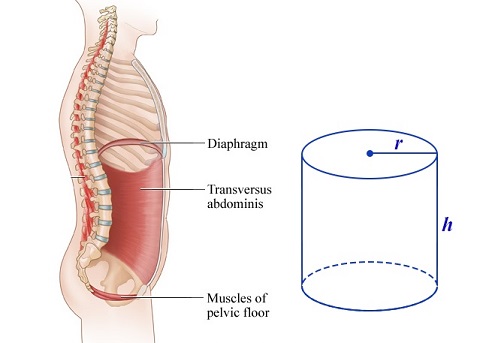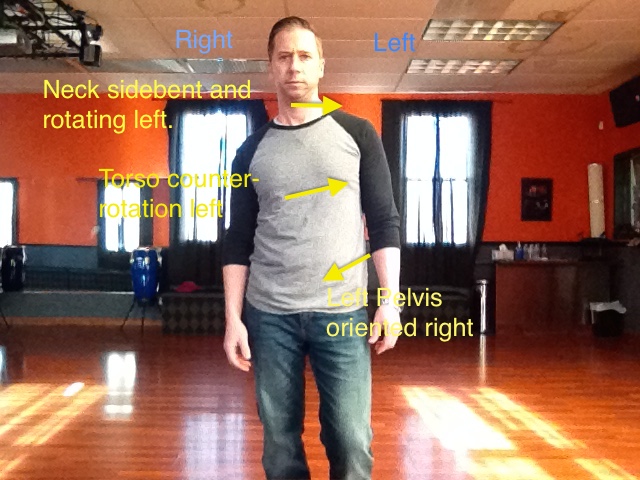Every 3.3 seconds your body performs a little miracle: Breathing.
That’s how long it takes, on average, to complete one breath cycle.
Each time you inhale, more oxygen molecules pour into your lungs than grains of sand exist on all the beaches in all the world.
With every exhale, you’ll expel an equally large amount of carbon dioxide molecules that will live on in the universe in one form or another from now until eternity.
Awake or asleep, consciously or unconsciously, this process repeats upwards of 20,000 times per day.
Given the frequency and urgency of breathing, it might sound weird—silly, even—to say that it’s something you might not do well. After all, the fact that you’re very much alive right now, suggests you’ve got this breathing thing figured out.
More importantly, if you’re anything like me, reading words like “miracle” and “eternity” in an article about breathing—especially one written by a person who wears sweatpants to work every day—might set-off alarm bells in the bullshit-detection regions of your brain.
Outside of pulmonology offices, discussions about breathing often take a credibility-draining turn toward New Age mysticism—healing crystals and energy tuning forks—or faux-spirituality that turns people off.
This is unfortunate because breathing is one of the most fundamentally important and useful tools in our fitness toolbox—an active, dynamic, adaptable process, influencing everything from strength, mobility, and endurance, to posture, flexibility, and recovery.
Even if you’re a skeptic like me, starting now, with every breath you take you’ll gain a deeper understanding of how to use your breath to unlock tight hamstrings, take pressure off of cranky joints, improve your ability to produce and absorb force, and (probably) even sleep better at night.
Are you ready?
Breathing is Movement
Most people associate breathing with the lungs, sometimes the heart, and, if you really paid attention in High School biology, the circulatory system. There’s the Krebs Cycle and Mitochondria thrown in the mix too, but we can leave that for another day.
But breathing isn’t just a biochemical process, it’s also a biomechanical one, beginning and ending with changing the shape of our musculoskeletal system.
This coordinated rising and falling—just look in the mirror and take a big breath to see what I mean—is our most fundamental movement pattern.
Like all movements, breathing is controlled by the nervous system and accomplished through the movement of bones via the pull of muscles such as the diaphragm and abdominals.
Because breathing occurs in two phases, each with their own characteristic movements, how you move—walk, run, twist, exert force—is largely determined by your ability to move in and out of the different phases of breathing.
When you inhale, air enters your lungs, filling your chest and lifting you upright against gravity, like a balloon inflating. In biomechanical terms, inhalation creates a state of external rotation—movement occurring outward, away from your midline. Or, put succinctly, inhalation is expansion.
The opposite is true as you squeeze air out of your body during an exhale, you internally rotate—your joints migrate inward, toward the center of your body. Or, simply, exhalation is compression.
Although expansion and compression occur in the chest and abdominal cavity—your “core”—each phase has an effect on your whole body.
Think of your midsection—rib cage, hips, and spine—as your foundation. Your neck, head, arms (via the shoulders), and legs (via the hips) are attached to the foundation. If you move the foundation, you move everything that attaches to it also.
Houston, We Have a (Breathing) Problem
When there’s alignment in the foundation, between the rib cage (ceiling) and pelvis (floor), our bodies are able to expand freely and compress efficiently, allowing movement in all directions.

Conversely, because breathing is a muscular-driven process, and muscle tissue adapts to whatever stresses it’s placed under, alignment can become altered, leading to changes in air flow and skeletal position.
Excessive sitting, repetitive movements, heavy weightlifting, or any number of other factors can overload certain tissues, making them stiff and compressed, blocking air flow in their direction. In turn, limiting range-of-motion and decreasing leverage.
The human body is a complex, adaptable system, constantly assessing conditions and making adjustments based on present circumstances. If you can’t get air in and out—not in the usual way, anyway—that’s a problem in need of an immediate response.
You make an adjustment; you compensate. Which is a way to work around a problem—a trade-off made in the moment that addresses an immediate need but isn’t always the best long term solution.
A low right shoulder, flat thoracic spine, fallen arches, or the inability to turn your neck or shift weight from one side of your body to the other all reflect movement strategies that have outlasted their usefulness.

The trick is to correctly identify what compensations and limitations exist—something most programs get wrong or skip past altogether. Then develop new strategies—more options for movement—going forward.
And that, my friends, is exactly what we’ll do in Part Two.
